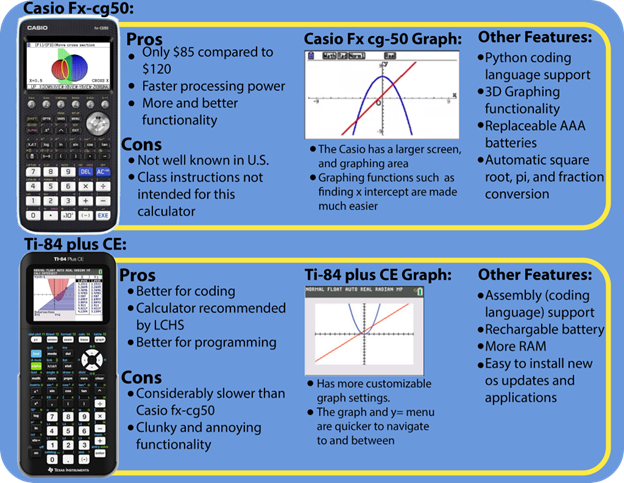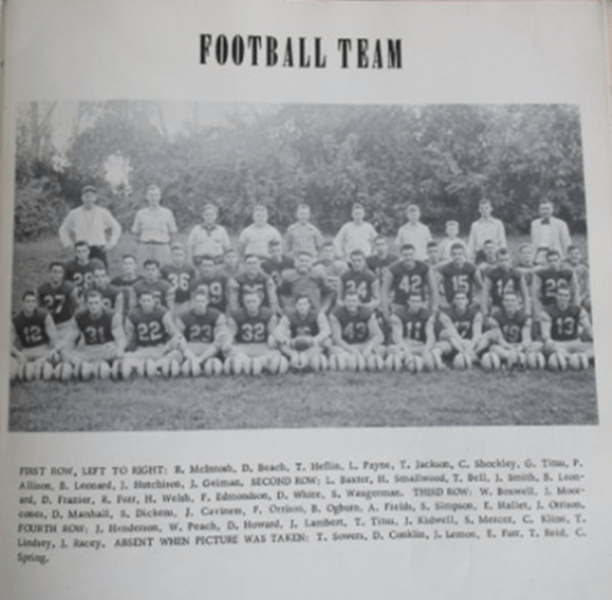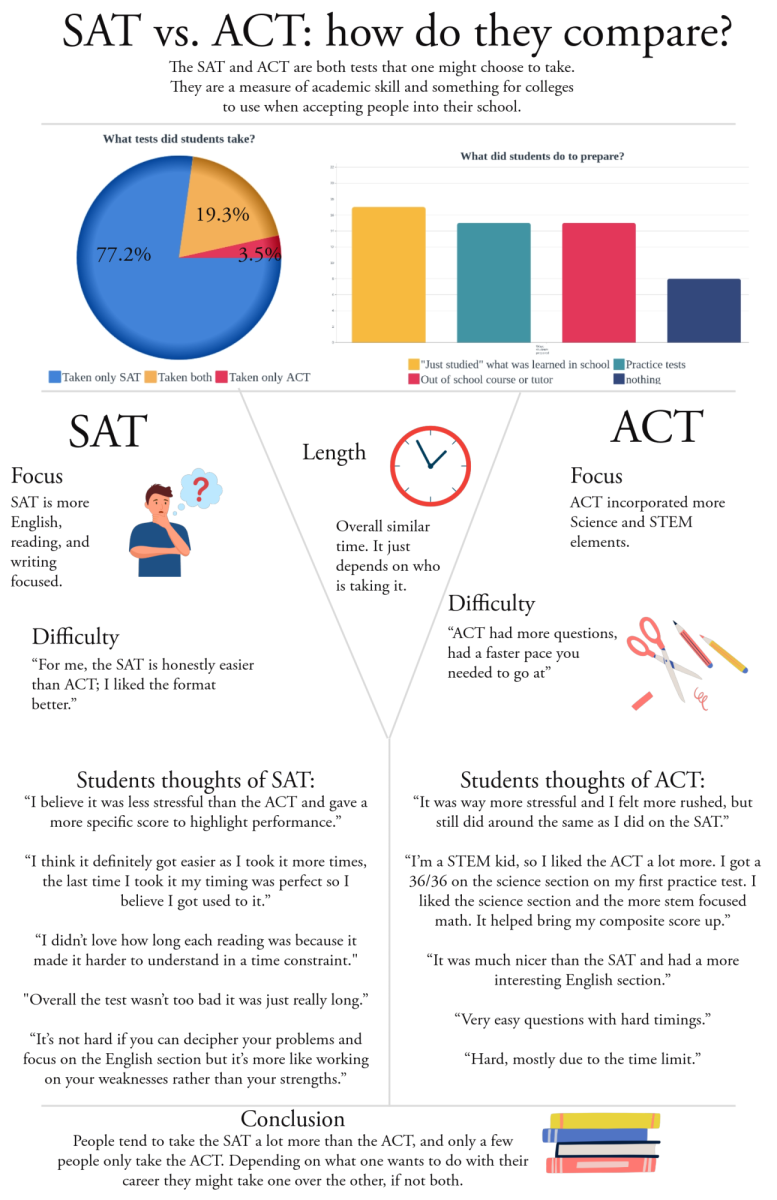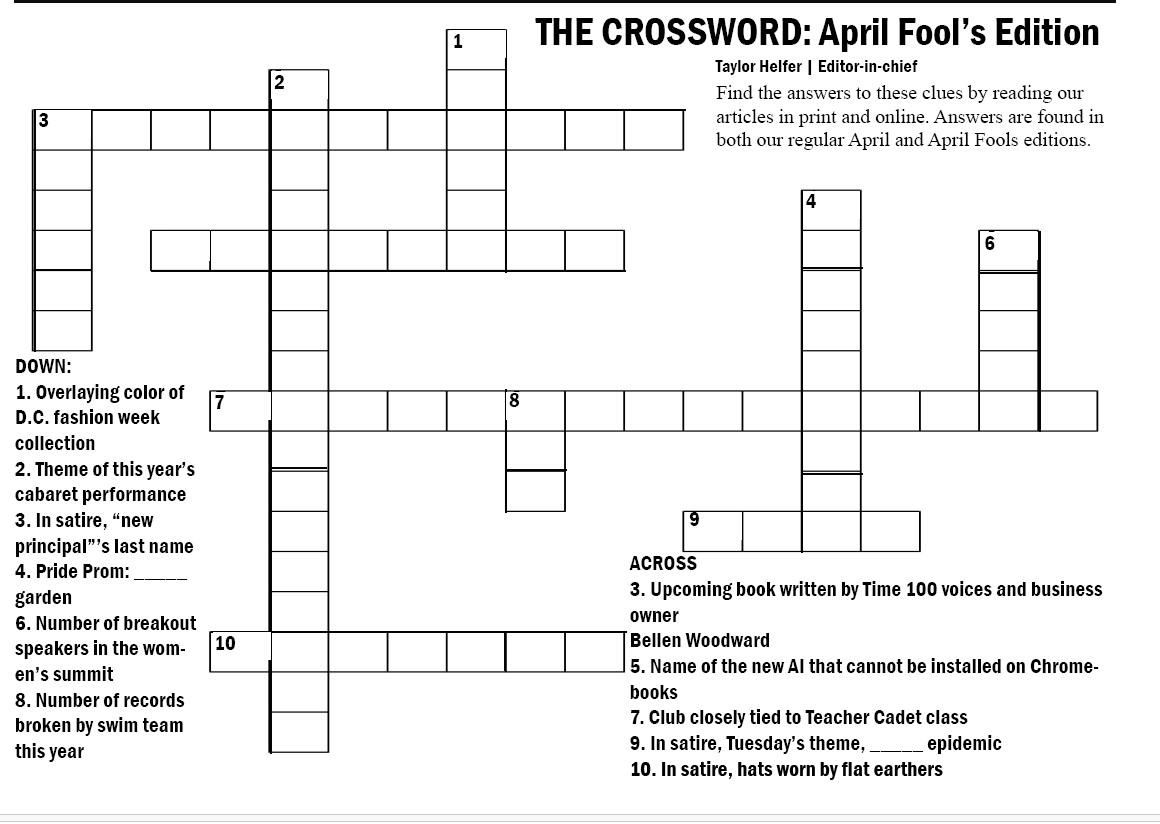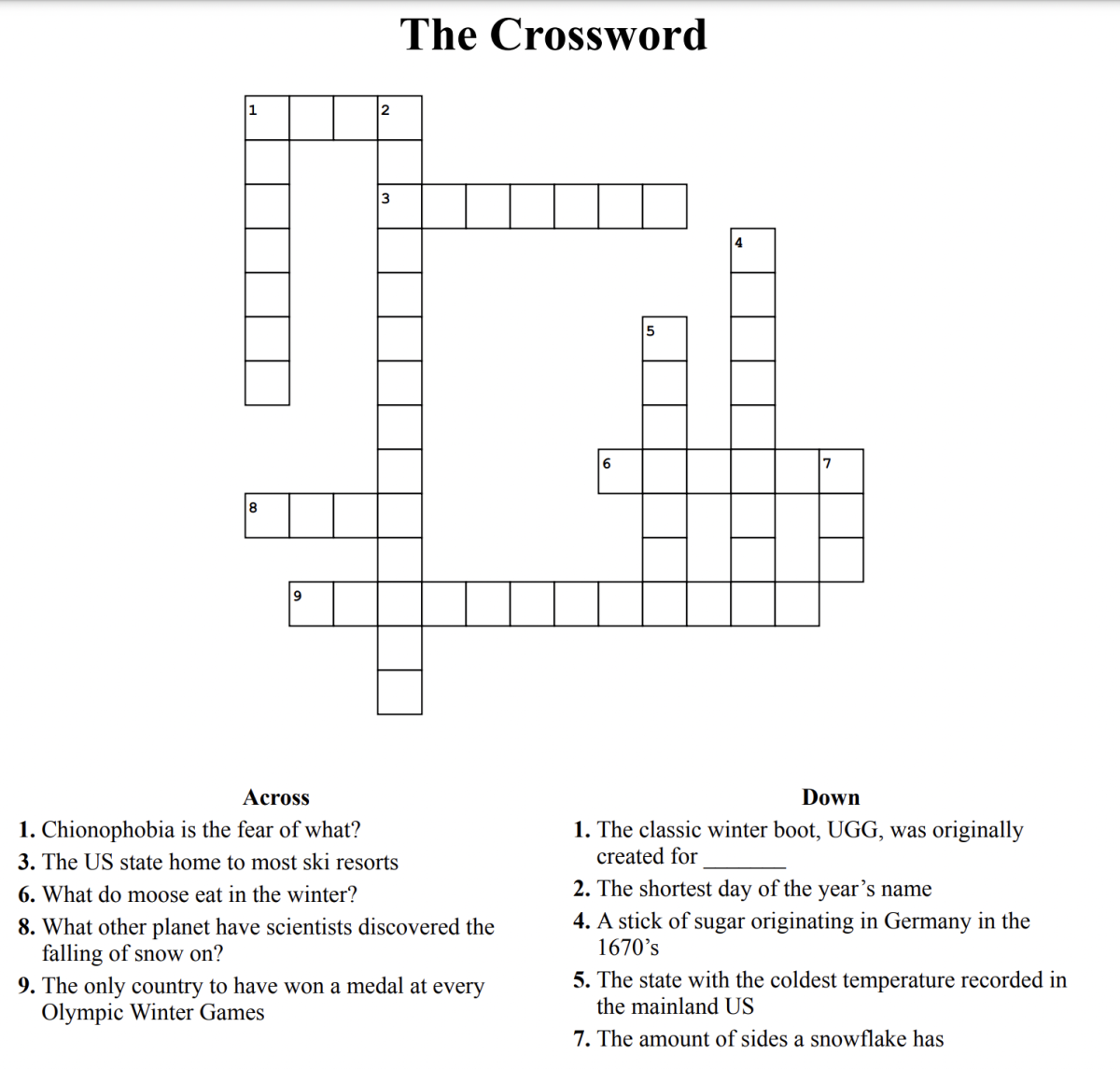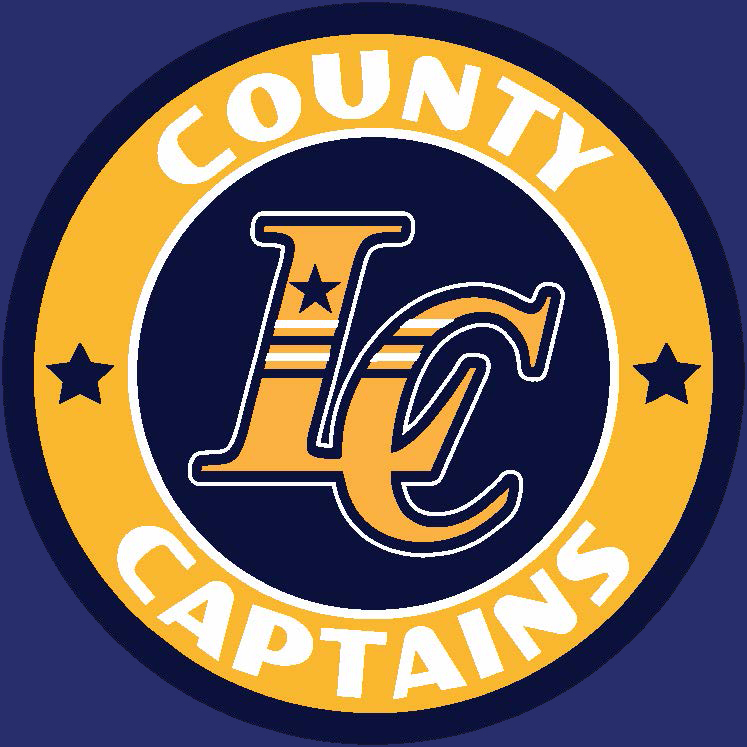If you’re a student who’s taken the SAT, plans on pursuing STEM, or are a junior or senior, you most likely have used or own a graphing calculator, but what kind of calculator have you used? I’d bet it’s a Texas Instrument.
How did I know? Texas Instruments is the largest graphing calculator company in the US with a market share of 93%. They are the most recommended calculators by the majority of US schools. In Loudoun County, every high school website that has a calculator recommendation section exclusively recommends Texas Instruments to its students. Furthermore, Loudoun County only provides Texas Instrument calculators in math and science classrooms. So why are Texas Instruments calculators so popular? Are there good alternatives?
Graphing calculators first became popular in the 1990s, and Texas Instruments already had graphing calculators for sale, which helped them capture the market early on. TI graphing calculators further soared in popularity with the TI-83, which was the first graphing calculator to natively have the programming language Assembly.
In the early 2000s Texas Instruments reached their peak popularity and soon after released the TI-84 line. They became intertwined with school systems as we still see today.
Because TI instantly captured the market and continued to be popular, many of the other calculator companies aren’t exceedingly well known in the United States, but there are many of them. The two most popular alternative companies to Texas instruments are Casio and Hewlett Packard.
Casio is most well known as being a watch company, but also produces a variety of electronic devices, including calculators. They are the second most popular calculator company in the US, and very popular outside of the US, but how does a Texas Instrument calculator compare to one of Casio’s calculators?
